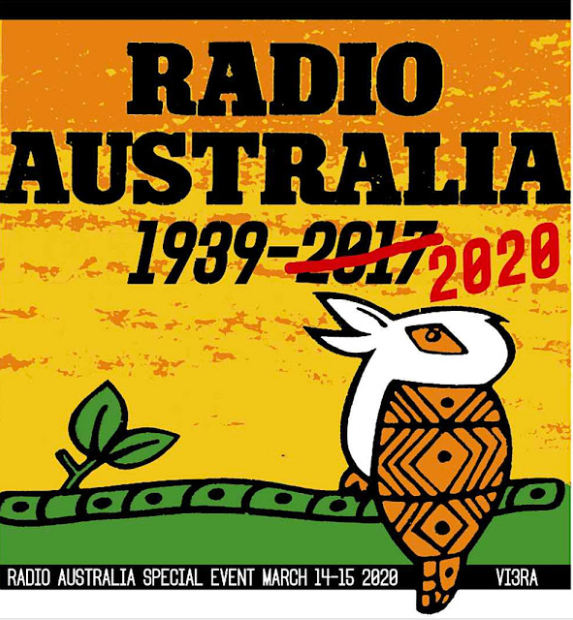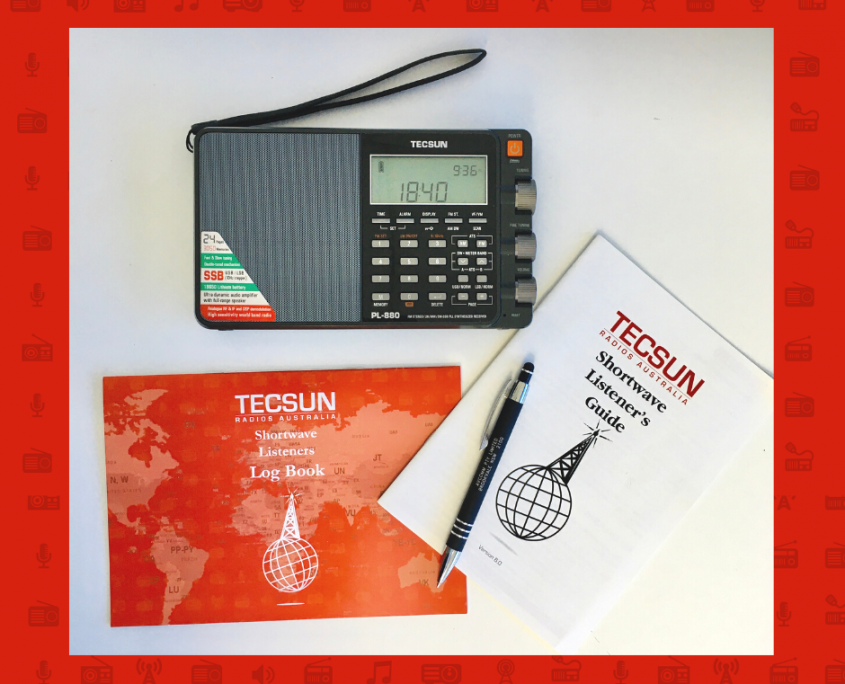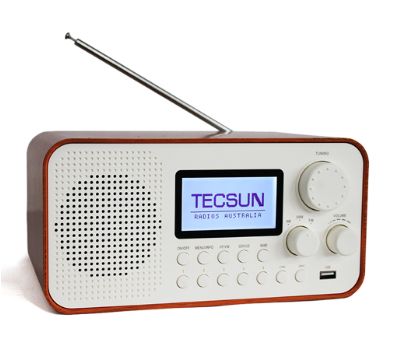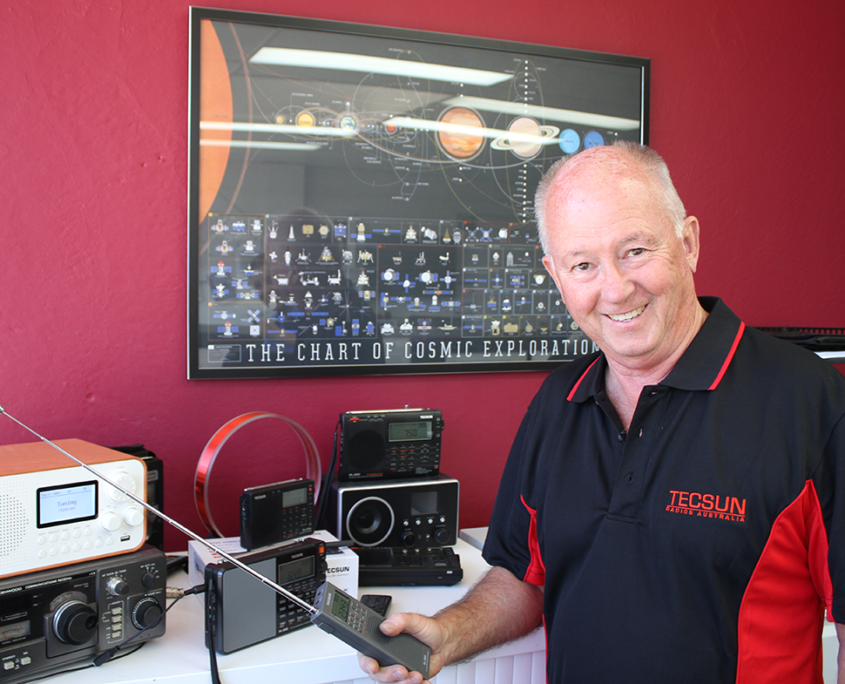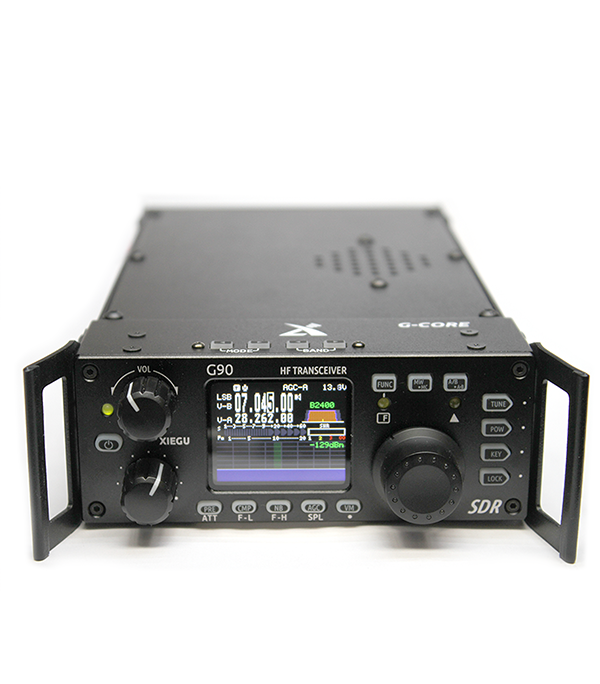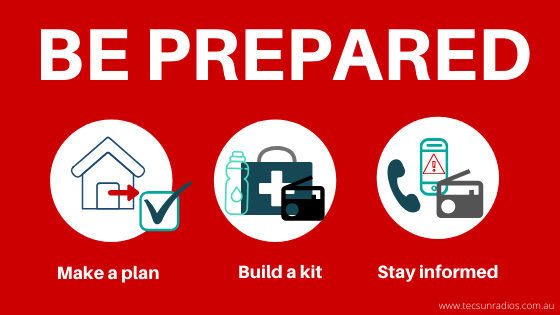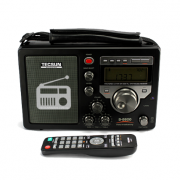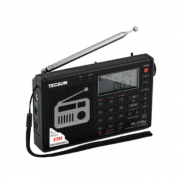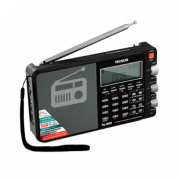
The thing about emergency kits is you don’t need them till you do. As the name states, “Emergency”
Meaning: A serious, unexpected, and often dangerous situation requiring immediate action
Having a prepared Emergency Kit on hand, filled with items that will help you survive a bushfire or natural disaster, easily accessible and ready to go will not only give you peace of mind but may also save your or someone else’s life.
A good kit will equip you whether you are staying in your home or have to evacuate
With just two weeks left till summer if you haven’t already prepared your emergency kit now is the time.
Pack your items in a watertight dry bag or sealable container and keep it in an easily accessible location in your house, accessible to everyone. Do not store it in a cupboard or wardrobe behind household items, you need to be able to grab this kit and go.
Have a family meeting and show them where it is located and what is inside it. It’s important that absolutely everybody, even kids need to know about this kit. Particularly if parents are injured or not close by.
Storing items within the kit in airtight plastic containers and sealer bags will help keep your belongings dry and in good condition both while in storage and during an emergency situation.
Here is a list of your essential items to pack.
- Flashlight
- Personal medication
- Bandaids, antiseptic and a bandage.
- Bottled water. Allow 2L per person per day minimum.
- Food, non perishable, as required..
- Manual can opener
- Matches in a waterproof container or bag
- Candles
- Cash- if the power is out then the ATMS wont work.
- Phone “power bank”. Make sure it is changed at all times.
- Extra batteries for your flashlight
- Whistle to signal for help
- Dust masks to help filter contaminated air- P2 masks are best for dust and smoke.
- Toilet paper, moist towelettes etc for personal sanitation
- Local maps
- Sharp knife (penknife)
Repack expired items as needed and repack/ check your emergency kit every year. Set a note in your calendar every year to do this.
Don’t have an emergency radio yet?
We recommend the Best Emergency Radio which is our highest performance AM/FM/SW Solar Powered Radio with inbuilt Solar Panel and Hand Crank Dynamo Charging. Additional features much needed during an emergency are an LED torch and personal alarm, a siren to gain the attention of emergency services and an inbuilt USB charger.
We recommend the DE13 Emergency AM/FM/SW Solar Radio which is an economy model, featuring a torch, personal alarm, inbuilt Solar Panel and Dynamo hand crank charger that allow you to recharge the internal battery or charge any device by USB or mini USB including your mobile phone. This is the perfect radio to keep for any emergencies
Click here to shop these products in our online store.





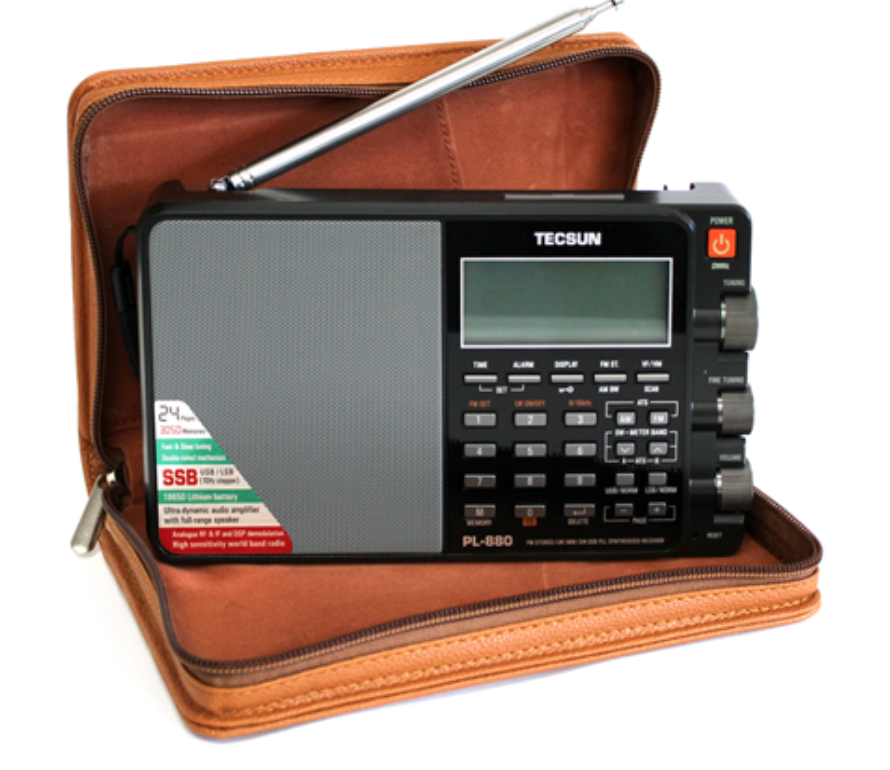

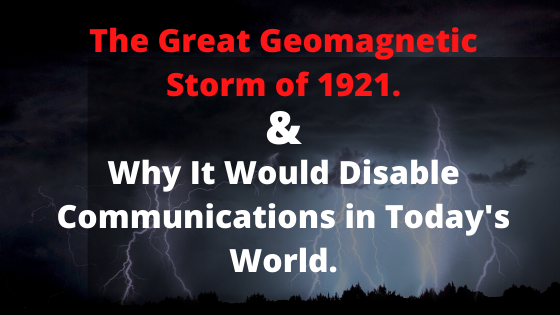

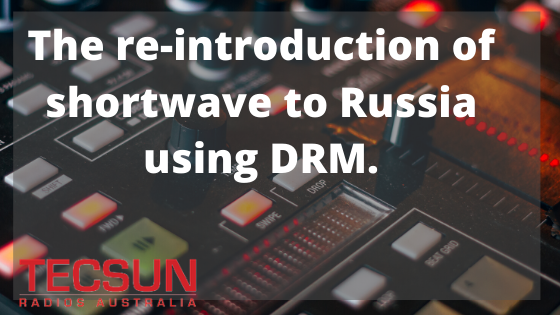 Russia is
Russia is